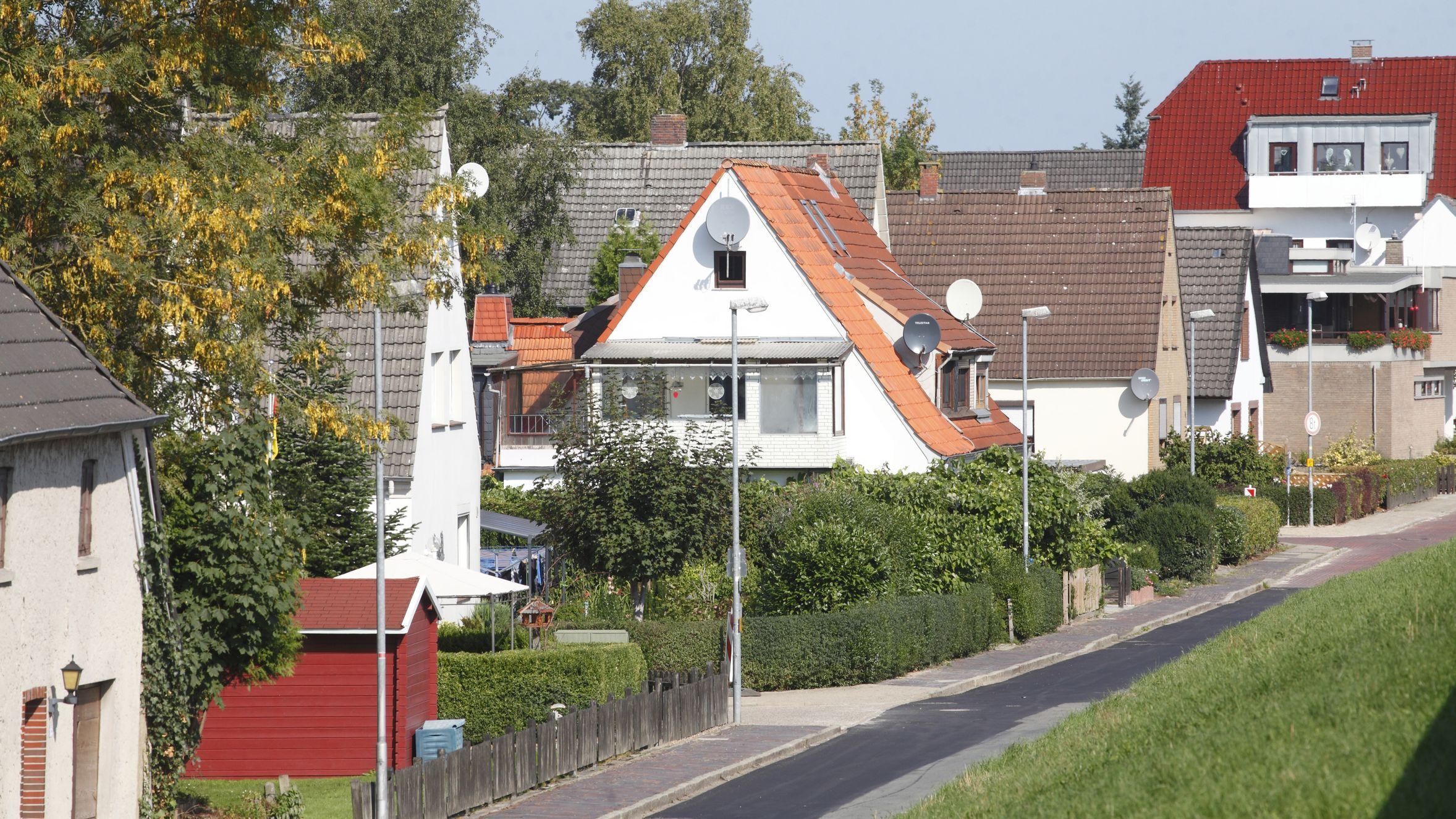
CO2 pricing provides incentives for investments in climate-friendly heating technologies and energy-efficient renovation. But a tax on greenhouse gases or an emission trading system alone will hardly be enough to make them economically attractive. Additional policy instruments are needed to do justice to the special features of the building sector. These are the key findings of a study conducted jointly by the Institute of Energy Economics at the University of Cologne (EWI) and the Institute for Public Economics at the University of Cologne (FiFo) on behalf of the Zentraler Immobilien Ausschuss e.V. (Central Real Estate Committee) (ZIA).
“In order to achieve the 2030 climate targets, we urgently need a CO2 price in the building and transport sector,” says Max Gierkink, manager at EWI. After all, around 15 percent of Germany’s greenhouse gas emissions would be generated in the building sector, primarily for heating and hot water. “Whether this price results from a tax or an emission trading system is of secondary importance. Both provide the necessary price signals. In the long term, it makes sense to strive for a cross-sector and uniform pricing of CO2 emissions within the EU. With a view to the ambitious climate target of 2030, however, the top priority is to find a solution that can be implemented quickly”, says Gierkink.
In the study, the economists calculated how a possible CO2 price would affect selected residential and commercial properties. To this end, they examined a scenario with an additional CO2 price of 45 euros per ton for fossil fuels. This price will then rise by 10 euros per year until 2040. In return, the electricity tax will be reduced from 2.05 ct/kWh to the European minimum level of 0.1 ct/kWh.
Despite the rising CO2 price, the burdens on example households are relatively moderate. For example, a two-person household in a medium-sized apartment building with gas heating would have additional costs of 44 euros per year in 2030, and a three-person family in a new single-family house with new gas heating would have additional costs of 82 euros per year. A three-person family in an old single-family house with an outdated oil-fired heating system, on the other hand, has to pay 532 euros more per year without a climate bonus. If one takes into account the fact that the 40 percent of the population with the lowest incomes could receive a climate bonus of 100 euros, some households would even benefit.
The report by EWI and FiFo also shows that investments in new heating systems and energetic renovation are not always worthwhile despite the CO2 price. In only half of the buildings surveyed, the higher energy prices are – together with existing KfW subsidies – sufficient to ensure that energy-efficient refurbishments also pay off economically.
“CO2 pricing offers a good basis on which to build further instruments”, says Dr. Michael Thöne, Managing Director of FiFo. “Nevertheless, we will not be able to achieve our climate targets in the building sector without effective promotion programmes and increased tax depreciation. Even with it, this will be still heavy enough.“
The report examines which supplementary instruments would be suitable for implementing energy-efficient refurbishments even in difficult constellations. An important group are older people in energetically inefficient buildings, who are often not reached with conventional measures such as cheap loans. New models are also needed for the 55 percent of residential properties that are rented out, so that people are not excessively affected by CO2 pricing. The study examines and rejects proposals such as “ecological rent index” or conventional warm rents based on the Swedish model. Instead, further developed contracting models and “smart warm rents” offer starting points for promoting climate protection in rental properties and keeping subsidy costs within reasonable limits.